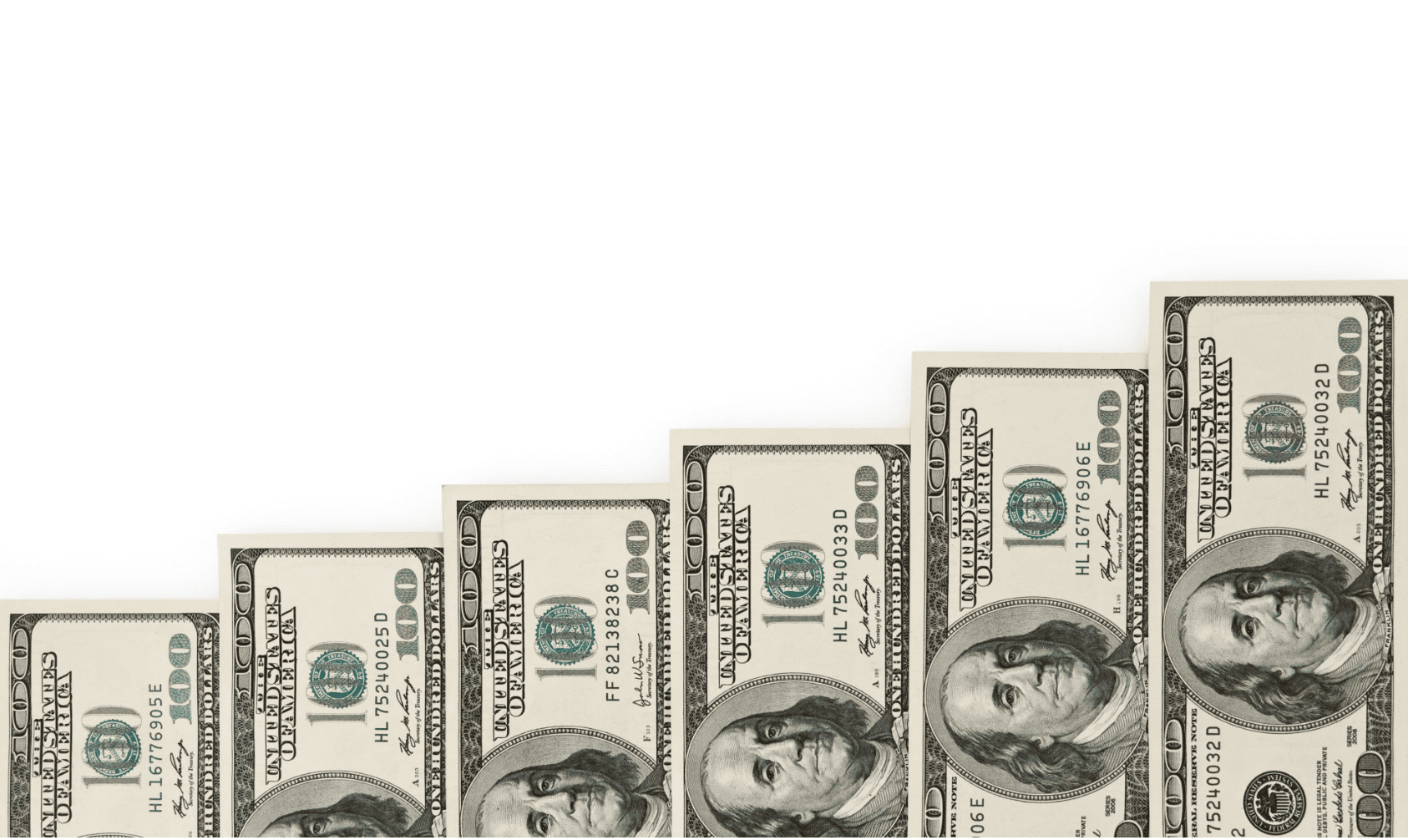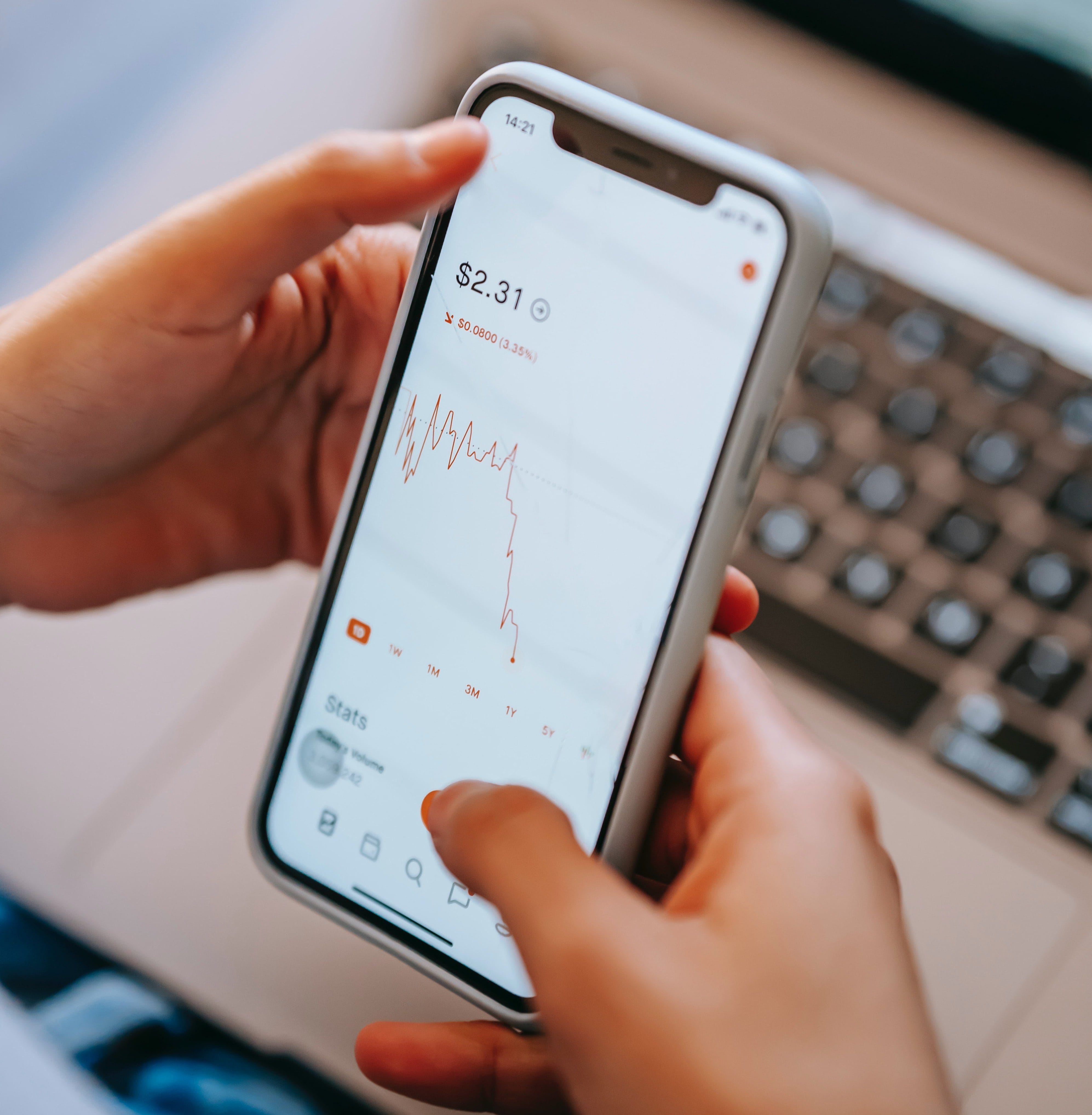Questions You Must Answer Before Trading Live Money
Questions You Must Answer Before Trading Live Money
By Katie Gomez

The trading simulator is a safe space, a comfort zone for new traders. But eventually, you have to enter the real market with your money and get in the game. For an athlete, the game is riskier, scarier, and makes you overthink, while practice is a free space to mess up and learn—the same goes for a trader. Once you feel prepared to leave the nest, so to speak, you will need to make sure that you are ready before you kick yourself out.
Do you know your time frame?
You must know your time frame before even thinking about leaving the simulator. Choosing a time frame requires you to think about what kind of trader you want to be, which has many questions. Do you want to be an investor? Position trader? Swing trader? Day trader? Does your schedule allow you to trade on this time frame? Do you want to use 1-minute charts? 5-minute charts? Decisiveness is an essential trait for a trader; you have to make decisions daily, and not knowing your time frame creates unnecessary decision-making and inconsistent results in profit.
Therefore, if you are a more indecisive person, the very first thing you must do is make a plan to set your time frame and stick to it. If you have a full-time job, you might choose swing trading because you don’t have to babysit your trades. As a swing trader, you can check in periodically throughout the day, unlike day trading, which requires much more time and effort. Finding your time frame allows you to work around your schedule and perform the best you can.
Are you keeping your expectations within reason?
If you expect to make money immediately or for things to pan out exactly as they did in the simulator, you need to adjust your expectations. Progress can vary from three to nine months. You might streamline the learning curve or struggle more than you thought. Keep your expectations realistic and be ready for any change to come. You cannot compare or use success from other ventures in your business attempts, it is a whole new world, and you have to start fresh and be willing to mess up to learn.

What is your minimum trade loss?
You must figure out what each trade will be in a minimum loss. For example, as a day trader, say your first minimum loss is $25, so you set the trading plan you used in the simulator and start small with real money. If you have a $25 loss and a $50 profit consistently works for you, you can slowly begin to build off that. Once you begin using real money, you have to start smaller than you think. If you treat trading like gambling in a casino and go big, you will lose.
Therefore, a good rule of thumb for traders is allocating your funds wisely and setting those rules. For instance, you should risk only 5% to 10% of your account—to keep losses small and profits consistent. Ask yourself, what is the most I am willing to lose? As a beginner leaving the simulator, you want that number to be smaller than you’d like to start.
Are you treating this as a business or a hobby?
Trading is not a casino or race track. If you are serious about trading, you have to shift your mindset from being a hobby/gambling center to a real business you run. You do this by keeping track of your earnings and losses, journaling to learn from mistakes, and constantly reflecting so you can learn, grow, and be better tomorrow.
If you answered yes to these questions confidently, you are prepared to leave the comfort of your simulator and enter the harsher reality of the market. While it is scary to exit the simulator, you cannot make money as a trader until you do. You must be comfortable investing with live money because that is a new ballgame, where the real fun begins.
